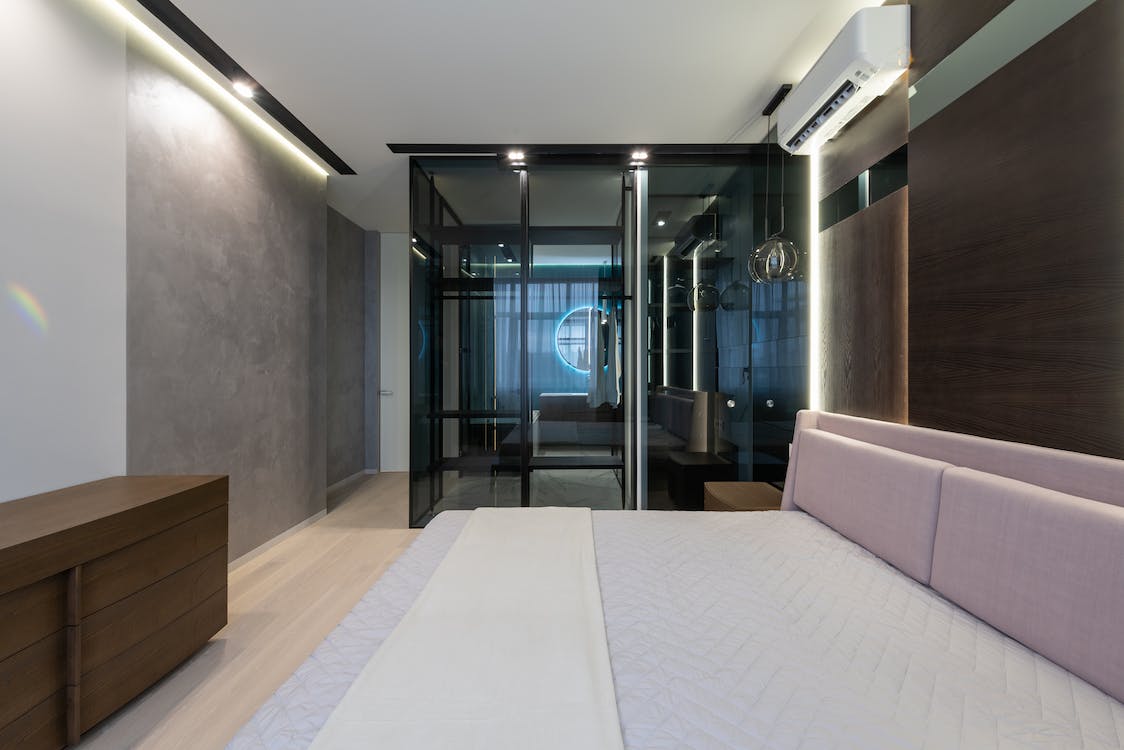Most products processed and manufactured in clean room system design environments such as electrical components and pharmaceutical products tend to

Hotel HVAC design plays an important role in ensuring the comfort of guests, particularly in high-end hotels. Moreover, most hotel guests enjoy the ability to control both temperature and ventilation in their rooms. This improves their experience at the hotel as they can enjoy a constant supply of fresh air and independently control the indoor climate of their hotel rooms. Even better, the hotel ventilation design helps the hotel facility maintain a cost-efficient operation and high-energy efficiency.
In this article, InnoDez Design & Engineering will show you how to create the ideal HVAC design for your hotel to ensure the satisfaction of your guests!
Installing ventilation systems in hotel rooms offers a great solution to ensure great air quality levels and thermal comfort in indoor environments.
According to various scientific studies, ventilation systems for hotel rooms are a great resource to reduce the spread of airborne contaminants. Thanks to their ability to provide adequate air exchange & filtration.
Moreover, maintaining high levels of air exchange and air quality is very crucial if you want to reduce the risk of spreading airborne diseases like Coronavirus in indoor environments. That is because the rate of virus transmission depends on various factors like; the host’s resistance level, the pathogen’s virulence, the pathogen’s dose, and the time the pathogen has been airborne.
Based on that information, highly densely populated rooms are likely to have a higher concentration of pathogens and many infected individuals. Interestingly, increasing the flow of fresh air and diluting the concentration of pathogens in that room will help to reduce the risk of infection.
Ventilation design should be considered as part of an integrated energy solution for hotel facilities. More importantly, the requirements of individual rooms including the reception, dining room, hotel rooms, and kitchen should be carefully examined and the HVAC requirements of the facility precisely sized. For instance, the hotel’s energy shouldn’t be oversized as it can unnecessarily lead to high running costs. Also, this can cause hotel room conditions to become too cold during winter, too hot during summer, or fail to supply fresh air into rooms. These factors will affect the guest’s satisfaction, and impact their hotel elevations and their division whether to choose a different hotel or return to your facility.
Since hotel rooms are often located one after another, ventilation design usually involves extensive branched ducting. However, this can lead to significant differences in pressure drop between the last and first air diffusers serving the main ducts. As a result, the ventilation system may experience non-adjustability and noise problems. To avoid this issue, the pressure should be throttled in the supply air diffuser to make the system quieter.
The demand-controlled ventilation system design principled for hotel rooms should have all the necessary components and address all factors coherently. Such systems are commonly used in a typical 5- story hotel building. Specifically, the ventilation system is divided into 2 subsystems that jointly offer an entire raft of economies as compared to traditional hotel solutions.
Another benefit of using a demand-controlled ventilation system in hotels is that it allows savings. For instance, hotel rooms with demand-controlled ventilation, including cooling and heating, improve their overall energy performance by up to 30%, especially with the latest presence sensors. In addition, the sensor lowers the ventilation rate when the guest isn’t present in the hotel room. As a result, about 40% of the cooling & heating energy, and 80% of the electrical energy powering the fans can be saved as compared to a constant temperature and airflow to the hotel room.
A demand-controlled ventilation (DCV) is also better than heating, cooling, and ventilating the room at full power all the time. Besides, demand-controlled ventilation solutions are even recommended by the rising interest in building certifications like LEED and BREEAM.
Use compact comfort modules to ventilate and air condition individual hotel rooms, and connect their control systems to a centrally located air handler. Connect flow controls to the air handler optimizes fan operation to stabilize the indoor climate in all the hotel rooms.
However, public spaces in the hotel facility like conferencing suite, restaurant, and lobby should be air-conditioned using maintenance-free modules. Also, you can install branch dampers for enhanced air distribution.
When choosing the location of the supply air diffusers for hotel rooms, there are various factors you need to consider including the design and type of diffusers. Also, you have to consider the layout of the hotel room furnishing, such as the bed, desk, and Tv. This will help you identify the right supply air diffuser solutions so that the guests don’t perceive the hotel room as uncomfortable or draughty. Besides, any rearrangement of the furnishing might require replacement or redirection of the diffusers.
Conclusion
Hotels should provide their guests with a memorable, comfortable, and pleasant experience. At InnoDez Design & Engineering, we help hotel owners based in California create the most comfortable environment possible for their hotel room guests. Moreover, our hotel HVAC design ensures that guests have the freedom to control the air volumes and air temperature while addressing the typical hotel room ventilation challenges.
So, if you’ve any ventilation challenge for your hotel facility that needs a solution, contact us today!
About Author
Fate Ol